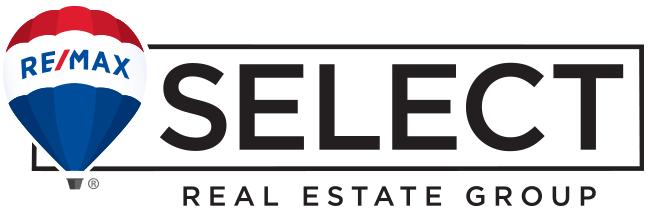19 Feb Be Professional, Buy a Domain
Be Professional, Buy a Domain
Step One: Buy a Domain
Anyone can buy a domain, so long as someone else doesn’t already own it. Domains can be purchased online from any number of registration companies (or registrars), and usually cost $10-$35 a year. Once you purchase a domain, you own it. It is yours as long as you renew and pay the annual fee. Because the domain belongs to you and not the registrar, you can switch companies anytime you like.
If your first choice of domain is taken, have some backup ideas. If www.johnsmith.com is taken, consider www.johnsmithseattle.com or www.jsmithrealty.com. Avoid purposeful misspelling like www.johnsmth.com or very long names like www.johnsellstheverybestrealestateinseattle.com. The domain you chose will be what comes after the “@” symbol in your branded email, so that might be something to consider as well (john@smithrealty.com).
Unless you or your tech advisor has a preferred company, stick with the better-known registrars such as GoDaddy.com or Register.com. Put in your preferred domain to confirm it’s available, and the site will walk you through the steps to purchase. It’s best not to buy any additional or add-on products unless you know what they are.
Step Two: Direct the Domain to Your Website
Once you own a domain, you need to tell it where to point. You’ll need to login to the site where you registered your domain and give it an existing URL. This way, a client can type www.jsmithrealty.com into their browser, but the site they will see is actually located at www.johnnysellshouses.wordpress.com/about.
Every site is a little different, but what you are trying to do is set up “URL forwarding” or “domain redirect.” If it’s not clear where to go, search for those terms in your registrar’s help section, or Google those words along with the company name to find instructions. You may find information about “masking,” which you can choose to pursue or ignore, as it doesn’t fundamentally change what you’re doing.
You can direct your domain to go anywhere, including sites you don’t own. If you don’t already have a website setup, point to a profile site like Zillow or your office profile.
Step Three: Creating Your Branded Email
Now that you own the domain, you can set up email addresses for that domain. You could have jane@janeagentrealestate.com or bill@condosbybill.com. The easiest and best way to have a branded email address is to use Google Apps. This will cost $5 per month for each email address, but the set up and management is very easy. Additionally, with Google Apps you won’t run the risk of being put in a spam folder, which can happen with email masking.
If you would like to continue using your same email account but send and receive from a different address, you’ll need to set up forwarding and masking. Like directing the domain, your registration company will have it’s own way of setting up email forwarding. Login to your registrar and look for keywords such as “email forwarding” or “email redirect.”
You don’t have to use the email system provided by the registration company. Instead, you can add the information to your account indicating that any emails sent to john@jsmithrealty.com should be forwarded to johnsmith5243@gmail.com. That way you will be able to put john@jsmithrealty.com on your business cards while still using the same email account and provider you’ve been using.
Most email providers, including Gmail, allow you to set up masking. Masking allows you to choose the email address your emails show as “sent from.” In Gmail this can be done under the accounts tab of settings, with the link “add another email address you own.” Once masking and forwarding is set up, you will receive all emails sent to your branded email, and you will have the option to send from that address when composing emails.
Setting up a personalized domain is a one-time implementation that will continuously add to the success of your business. Select the provider of your choice, create a strong website name that speaks to your brand, have it forwarded to your personal website, and create a custom email.

